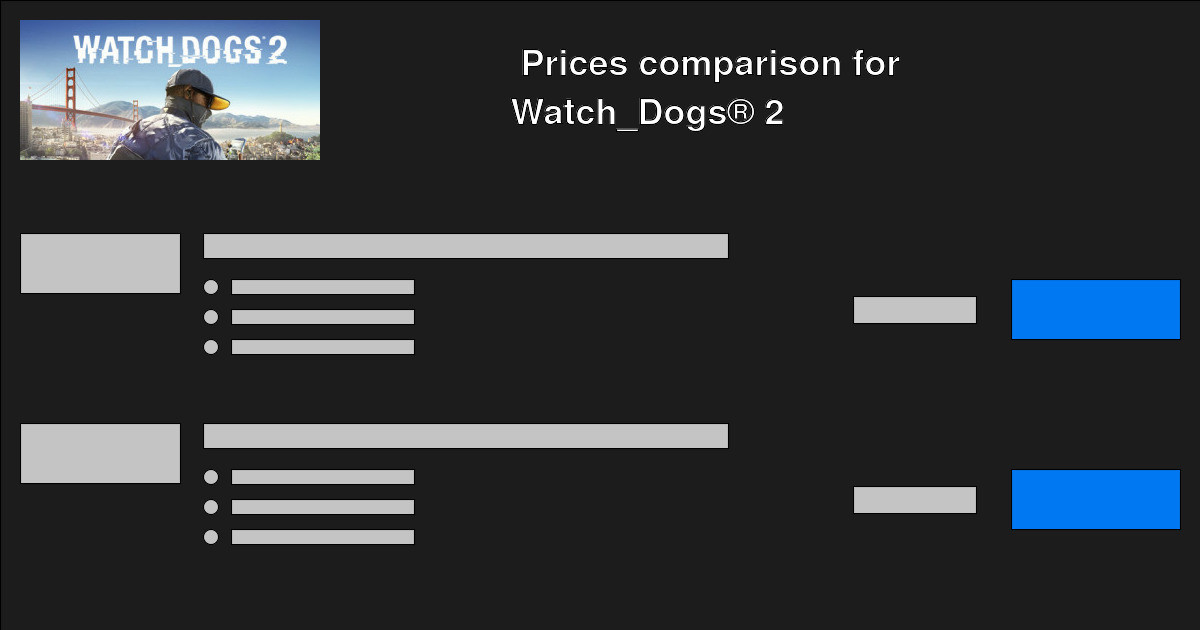Perplexed By Dogs? We Have The Knowledge You Need

Everyone is bound to have their private way of thinking in relation to Pets.
What Anyone Who Owns A Dog Needs To Know
Dogs are great fun. They can be a great pet for anyone from a small child to a very old senior citizen. However, you need to make sure that you are caring for your dog in the right way. After all, you want your dog to live with you for as long as possible, right? Here are some tips to help you have a healthy, happy dog.
Never hit your dog. There are better ways to train a dog without having to resort to violence. The best way to train a dog is to reinforce positive behaviors with treats and attention. Negative behavior should be handled with a stern and disapproving voice as opposed to striking the animal.
Always be prepared to pick up after your dog with a scoop and bag. Although most people think that this is simply a polite thing to do so that others don't step in it, your dog's excrement is actually hazardous!rnIt contains a bacterium that can contaminate local supplies when it washes through to ground water.
Be a good neighbor and discourage your dog from barking, unless he is alerting you to danger. Most people get used to the sound of their dog yelping, but others find it a constant annoyance. If your dog barks often, consider talking to your vet about what could be causing it and how you can put a stop to it, for everyone's sake.
Be careful if you're searching for a new dog on Craigslist or other classified ads. Many people exaggerate the truth in order to unload problems or challenging training issues and you could end up with an impossible situation on your hands. Only talk to people who are verifiable through vet records and demonstrate positive handling experience.
If you are thinking about adopting a dog, try taking a couple of weeks off work so you can spend some time with your puppy and teach it a few good habits. Training your puppy and helping it get used to its new environment will be much easier if you are home.
Lift your dog properly. If you have a little dog or puppy, place your one hand under their chest and use your other hand for supporting their rump and hind legs. If you're lifting a big dog, lift them from their underside supporting their chest using your one arm and using your other arm to support their rear end. Never lift a dog by their back legs, tail, or the nape of their neck.
If you do not have any ear cleaner solution on hand, you can use a baby wipe instead. Simply wrap it around the tip of your finger and wipe the inside of the ear's surface. Only go as far as your finger can easily fit. Do not use article to grow english shepherd vs australian shepherd -tips as they can injure the ear.
Keep your dog in comfortable housing. They should be able to rest off the floor and away from drafts. A training crate is a good choice or any covered shelter outside. Try placing a dog bed inside that has a warm blanket or a pillow inside. Wash the dog's bedding frequently.
Put your dog through obedience training. A well-trained dog is a joy to live with for both you and them. Teaching them simple commands like "Come,"u009d "Heel,"u009d "Sit,"u009d and "Stay"u009d can help curb or prevent troublesome behaviors in no time. You can either teach them yourself, or you can find out about obedience courses by contacting the SPCA or the local humane society for class recommendations.
Stay involved politically for your dog. Watch to see if there are any laws passed that affect your situation as the owner of a dog. That legislations is often motivated by certain breeds or certain dogs that have behaved badly. Speak for dog owners that are responsible by talking to your local officials.

Use an olive oil spray to keep your dog's dish sparkling clean. Particularly if you feed him canned food, it can quickly cake-up and dry on the inside of the bowl, making it hard to wash later. As a bonus, the olive oil will help to keep his coat shiny too.
Before you decide to go get a dog you should think about the individual needs of different breeds of dogs. Some dogs can get enough exercise in the home, while others may need a few hours outside each day. These factors can mean a lot when it comes to meeting the needs of your new family member.
You should talk to your veterinarian about microchip IDs. Your contact information can easily be stored inside a microchip and most veterinarians or shelters own a scanner they can use to scan the microchip. This will greatly increase your chances of getting your dog back in case it gets lost.
If your dog is covering everything in the house with his shedding fur, grab a paper towel. Lightly wet it with water and rub it down his back in the direction of fur growth. The loose hair should come off easily on the paper towel and your dog will love the attention too!
If your dog suffers from constipation or diarrhea, you can try feeding the pet canned pumpkin. This is not same as pumpkin pie filling. Pumpkin contains fiber which helps with constipation. In addition, it also absorbs water which helps with diarrhea. Don't give the dog much, just a teaspoon or two with the dog's regular meal.
In order to potty train a puppy, it is of utmost importance to take the dog outside frequently. Doing this will familiarize your puppy with the association between outside and going to the bathroom. Failure to do this will result in a harder time breaking your new family member of his/ her bad habits.
If you are looking into getting a dog you should ask as much about the dog that you can think of. For example, you will want to know about its mannerisms, level of activity and how affection it is. Ask whatever you can think of, so that you do not regret your decision later.
While humans may judge us, a dog never will. He will continually love you, even when you neglect his best interests. That said, you have read this article because you never wish to do anything which harms him, so use these tips every day and make his life as joyous as he makes yours.
Working Australian Shepherd vs Show – Which is a Better Choice?
As a newcomer to the Aussie scene, you are sure to be repeatedly confronted with the two terms “working Australian Shepherd” and “show Australian Shepherd”.
What is behind these terms and how do these dogs differ from each other?
Can a newbie train a working Australian Shepherd, or should a family choose a dog from a show line?
Show Australian Shepherd
These dogs are primarily bred for the purpose of achieving the highest possible rating at (beauty) shows. There are such exhibitions in many places and by many associations.
Puppies that do not reach the quality of a future show champion are often offered as easy-to-use family dogs.
At the exhibitions, the dogs are judged in rings, separated according to males and females and different age groups, solely with regard to their beauty and the correctness of their physique.
Character, motivation, performance, health, robustness, and sporting opportunities play a subordinate or no role in the assessment. It’s all about having the most beautiful dog possible in the ring.
Often the show judges prefer dogs with a lot of colors and distinctive markings, a very strong, heavy build, a lot of fur, and with large sizes within the standard.
Since these exhibitions often take place with many people and dogs in a confined space, there are often few opportunities to run around. The dogs often spend a long time in so-called exhibition cages at the exhibition until it is their turn. Dogs with a “chilled” mind is much easier, and it turns out that show line breeders usually breed a type that can be characterized as follows:
They are often more difficult to motivate and sensitive in warm temperatures due to the pronounced coat and strong undercoat. Sometimes they have to get a lot of grooming so that the undercoat does not become matted and starts to smell.
Character defects such as fearfulness, insecurity, or aggressiveness can easily be covered up by an experienced exhibitor. Therefore the championship does not guarantee a first-class character.
Working Australian Shepherd
The original Australian Shepherd was and is still a pure working dog who tirelessly helps the ranchers with their work.
He was selected to have a lot of interest in cattle, to be easily trainable, to have a high level of stimulus and drive control, and the desire to work with and please his humans.
This package creates the fascination of the dog. It seems as if he only has eyes for his owner, obeys the slightest word, can do the most incredible tricks, and is successful in every area of dog sport.
But for breeding, the following applies: “If you don’t use it, you lose it”.
This means that characteristics and physical traits that are not constantly requested and checked by the breed as part of a meaningful selection are lost or changed to a form that no longer corresponds to the original characteristics.
Working line dogs were selected solely on the basis of their work performance and robust health, which means that these dogs have comparatively few problems with diseases of the musculoskeletal system such as hip dysplasia, elbow dysplasia, and Osteochondritis dissecans. Epilepsy is also comparatively rare in working Australian Shepherds.
However, since they are not bred with a particular beauty standard in mind, they are often much lighter and smaller in size, have lighter, narrower heads and often significantly less and very easy-to-care-for fur, and are therefore often not as colorful and impressive as their colleagues from the show ring. Upright ears instead of the button ears desired for the show ring also appear from time to time.
https://petsroof.com/working-australian-shepherd-vs-show/
I was brought to that write-up on Dogs from an acquaintance on a different domain. Be sure to pause to share this article if you liked it. Thank you for your time. Come back soon.
